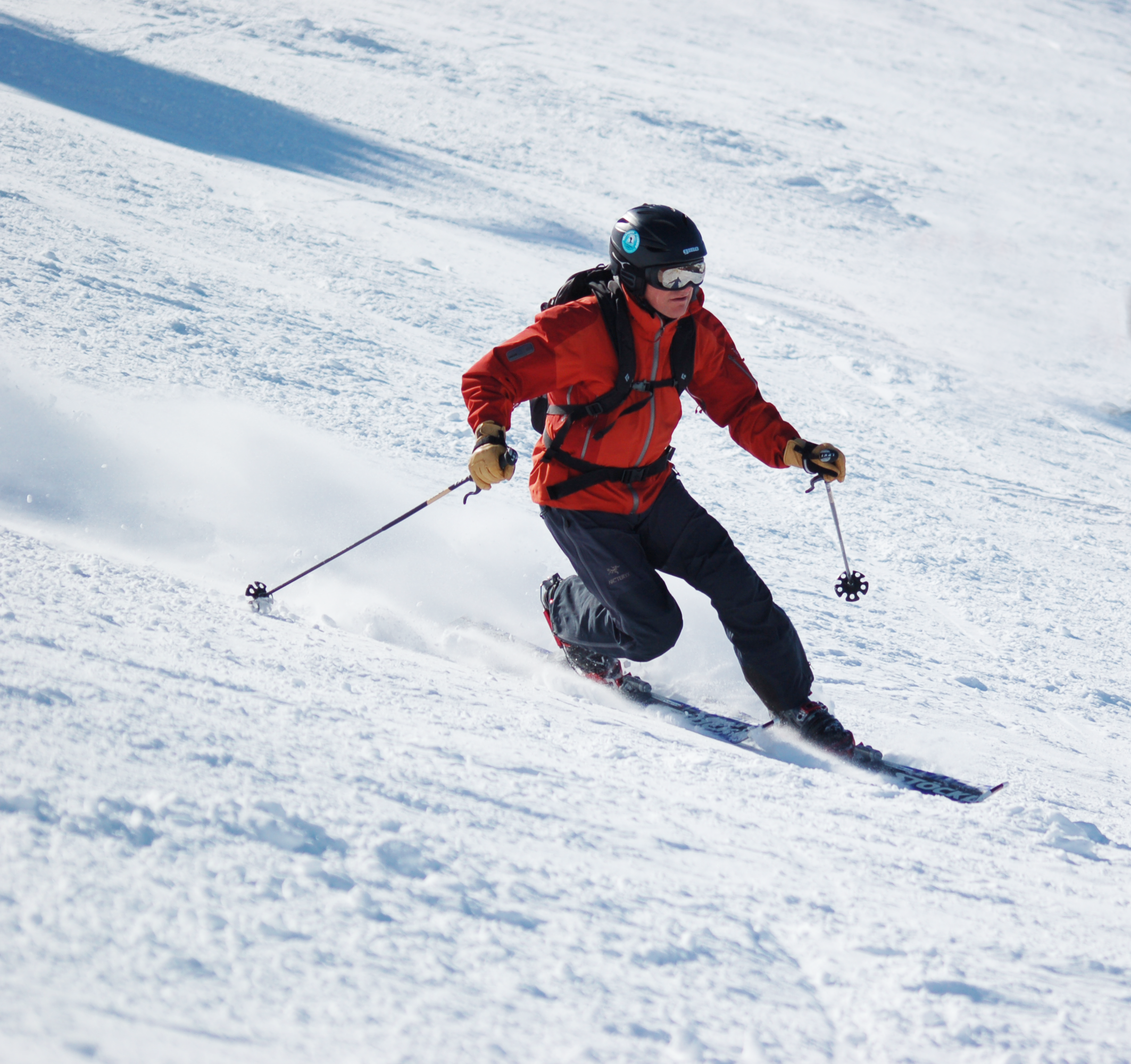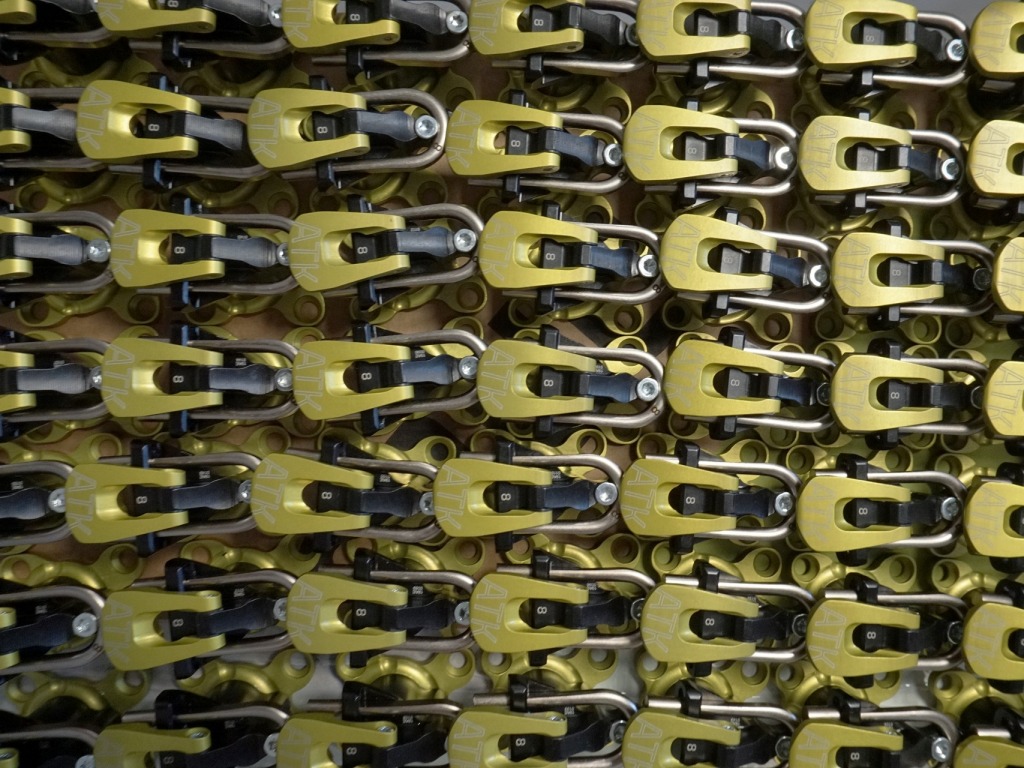
In just 12 years ATK has become the world leader in lightweight alpine touring bindings. ATK was started by Giovanni Indulti in 2007 in Fiorano Modenese, near Modena, and all bindings are developed and manufactured in Italy.
ATK have grown by concentrating on making only AT bindings, by continually developing innovative designs, and due to their expertise in manufacturing highly precise mechanical components.
ATK produced their first bindings in 2007 and only two years later Dennis Brunod and Manfred Reichegger won the Ski Mountaineering World Championships using the ATK NX World Cup. Thanks to the commitment to innovation and superb quality ATK have quickly grown to be market leaders in lightweight alpine touring bindings.
This winter the Trofeo, Crest and FR14 will be the best selling models in their categories.
For 2020 ATK continue to with updates to Race models, new lightweight touring models and new freeride models that have created a lot of waves this winter.
RACE Bindings
Minimum weight combined with reliability and ease of use are the keywords for Race bindings, and ATK has been at the forefront of skimo race binding development.
ATK have developed ground-breaking solutions to reduce weight, including the Monolink Technology 1.0 used in the SL World Cup models. This technology uses a special alloy developed for the aeronautical industry that allowed ATK reduce the number of springs in the toe unit from 4 to 2, saving weight and creating a toepiece with a fixed left jaw, the Monolink 1.0
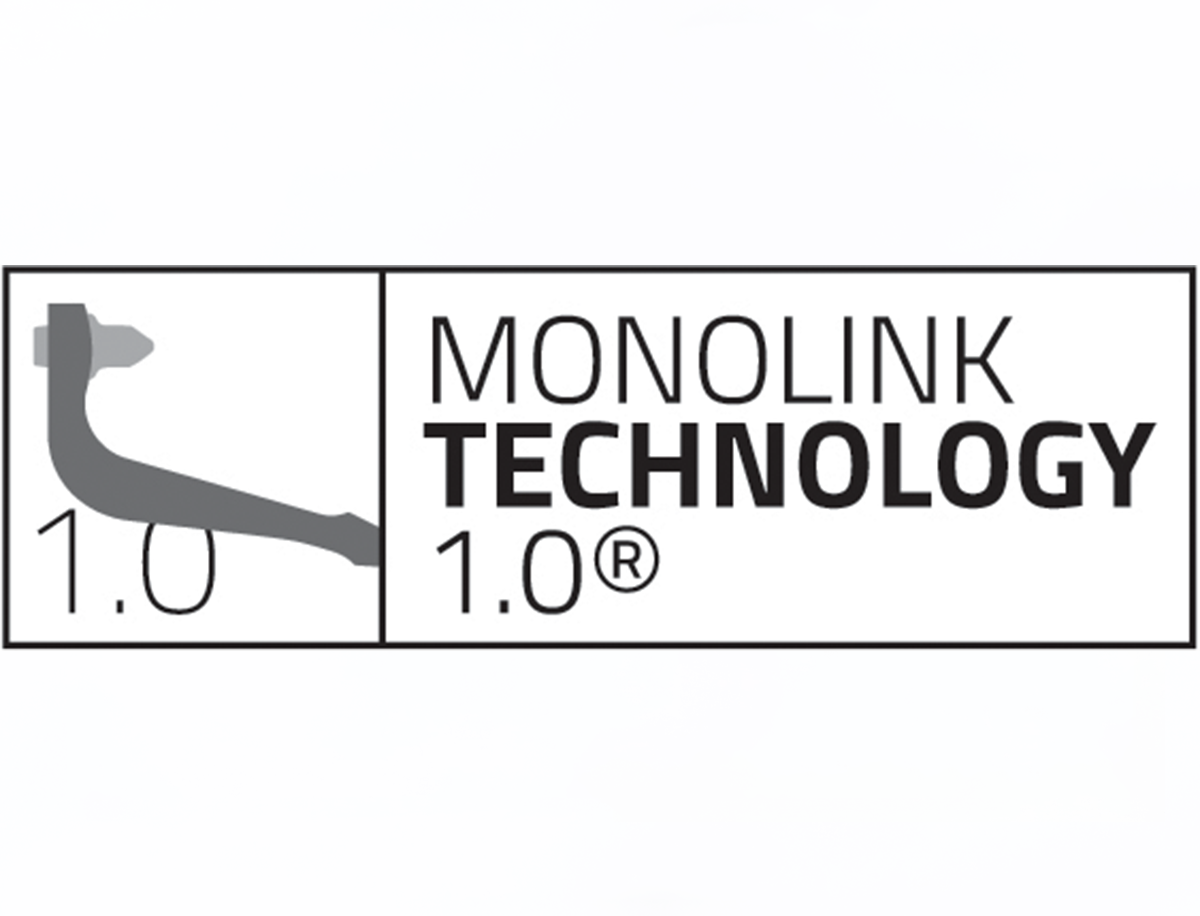
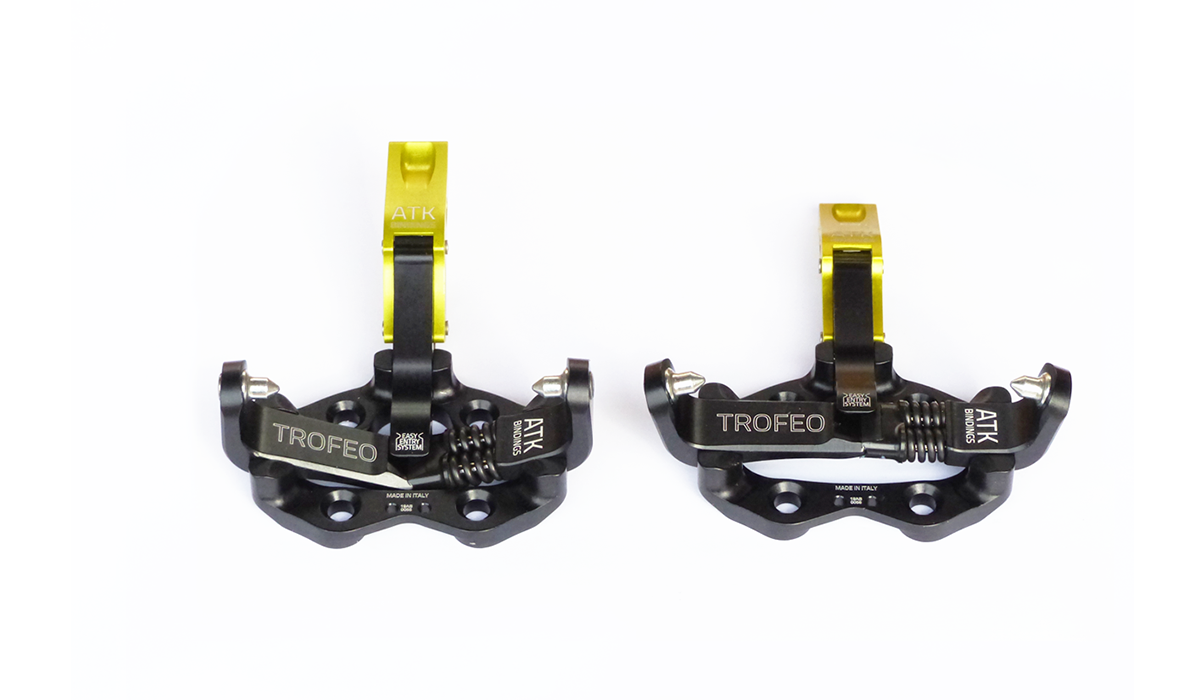
ATK then went further and integrated the fixed left jaw into the baseplate for the toe unit to create the Monolink 2.0. This design saves 12 g per binding and also allows greater boot rotation when climbing, over 100°.

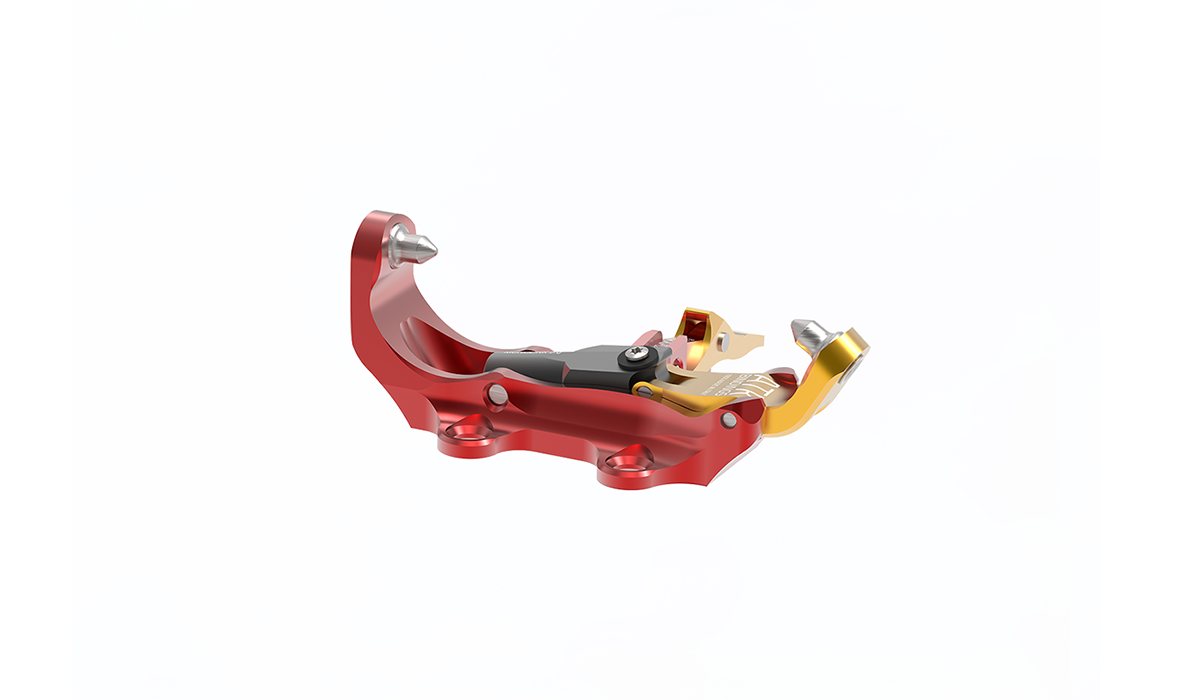
For 2020 the Race series consists of 4 models:
R.C.A World cup Vertical
ATK’s lightest binding stays unchanged for 2020, features the Monolink 2.0 design and weighs only 90 g.
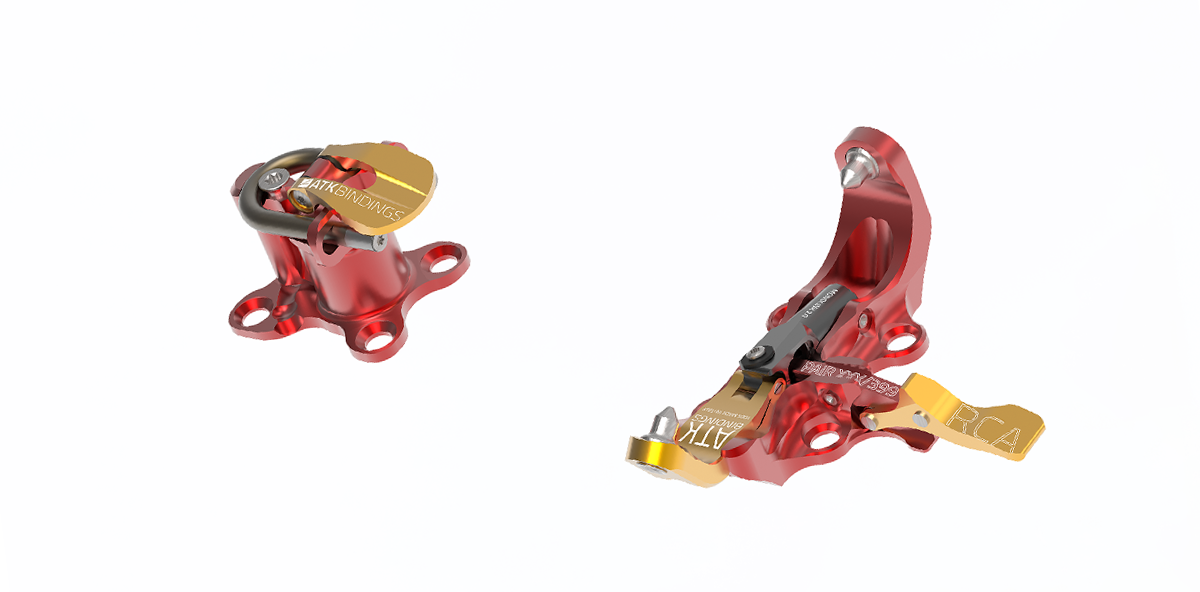
Revolution World Cup
The second lightest binding weighs only 105 g and features ATK’s EES Easy Entry System whereby the geometry of the toe unit and the design of the toe lever make step-in easier and quicker with rapid positioning of the boot toe in the correct position.
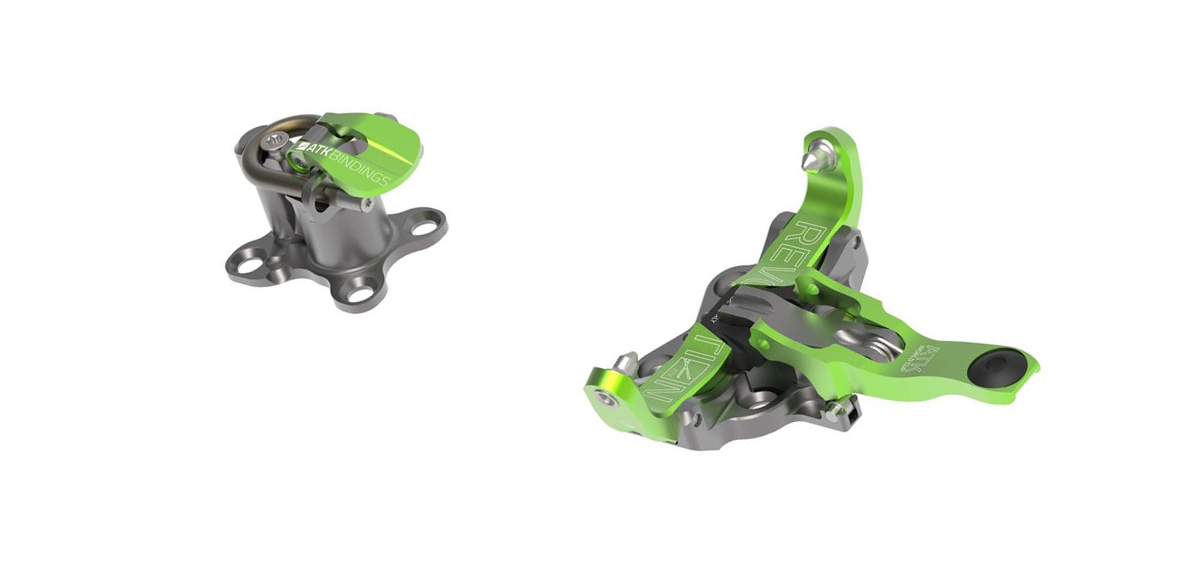
SL World Cup and SL Lightweight World Cup
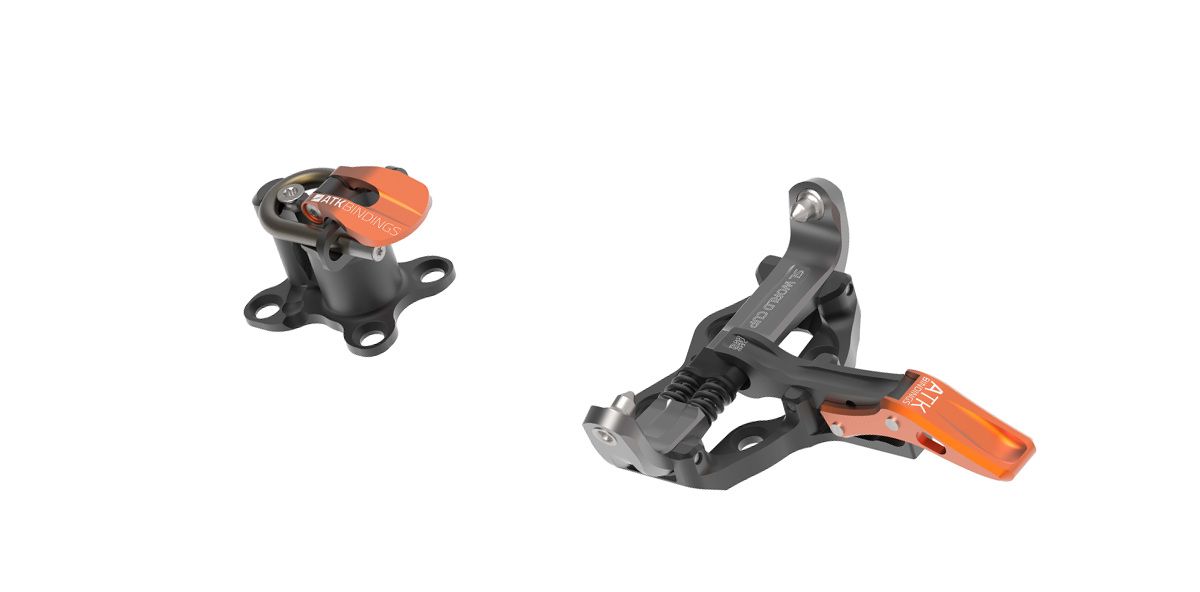

These bindings are developed from last winter’s SL Evo models and use the Monolink 1.0 design. While the toe units stay unchanged, ATK have improved the design of the heel units.
The lightweight “U” springs used in race bindings wear quicker than the “pin” designs in conventional insert heel units, which can rotate during boot entry and exit. This rotation also makes stepping into the bindings easier. ATK have developed the Rolling-In System® to solve this problem, with two small hardened steel bushings only 0.4 mm thick have been added to the front ends of the “U” springs, saving the titanium from wear and tear.
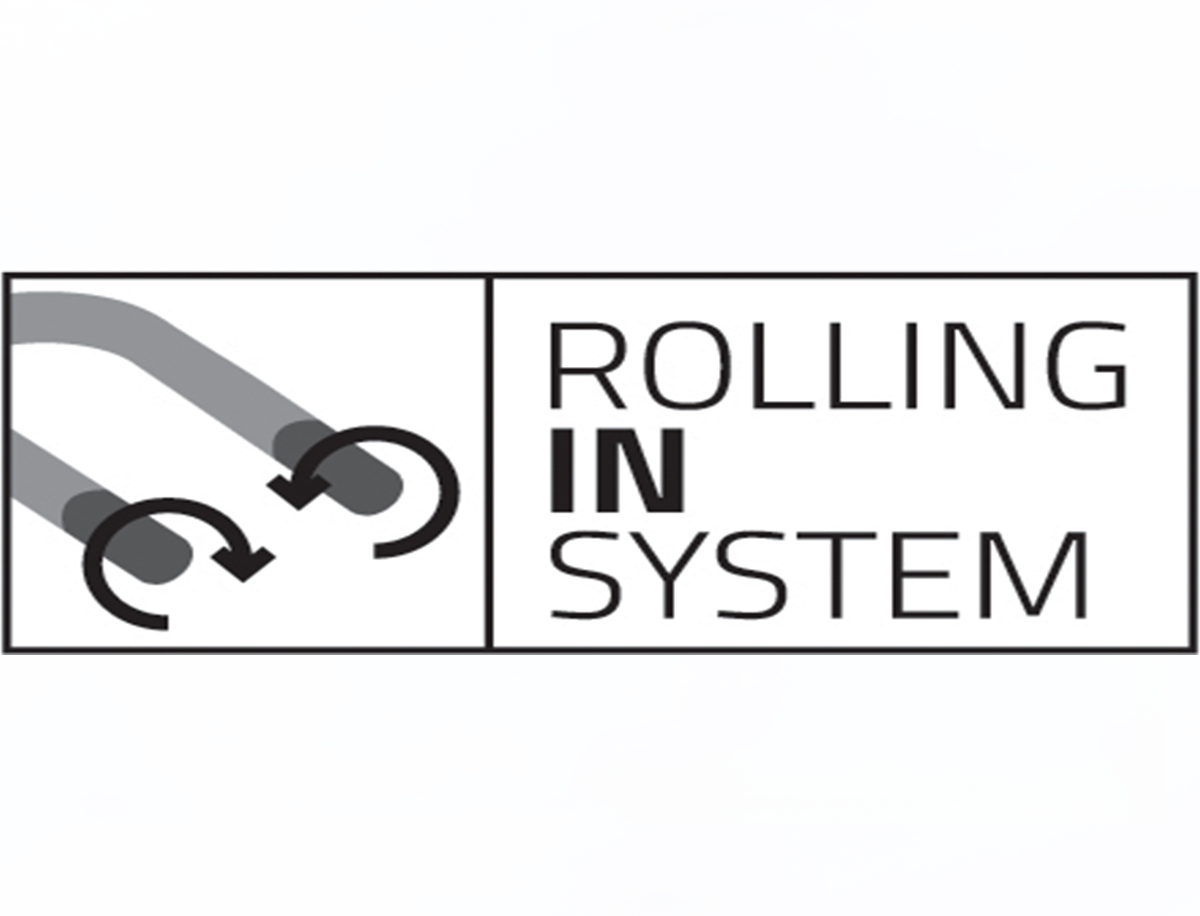
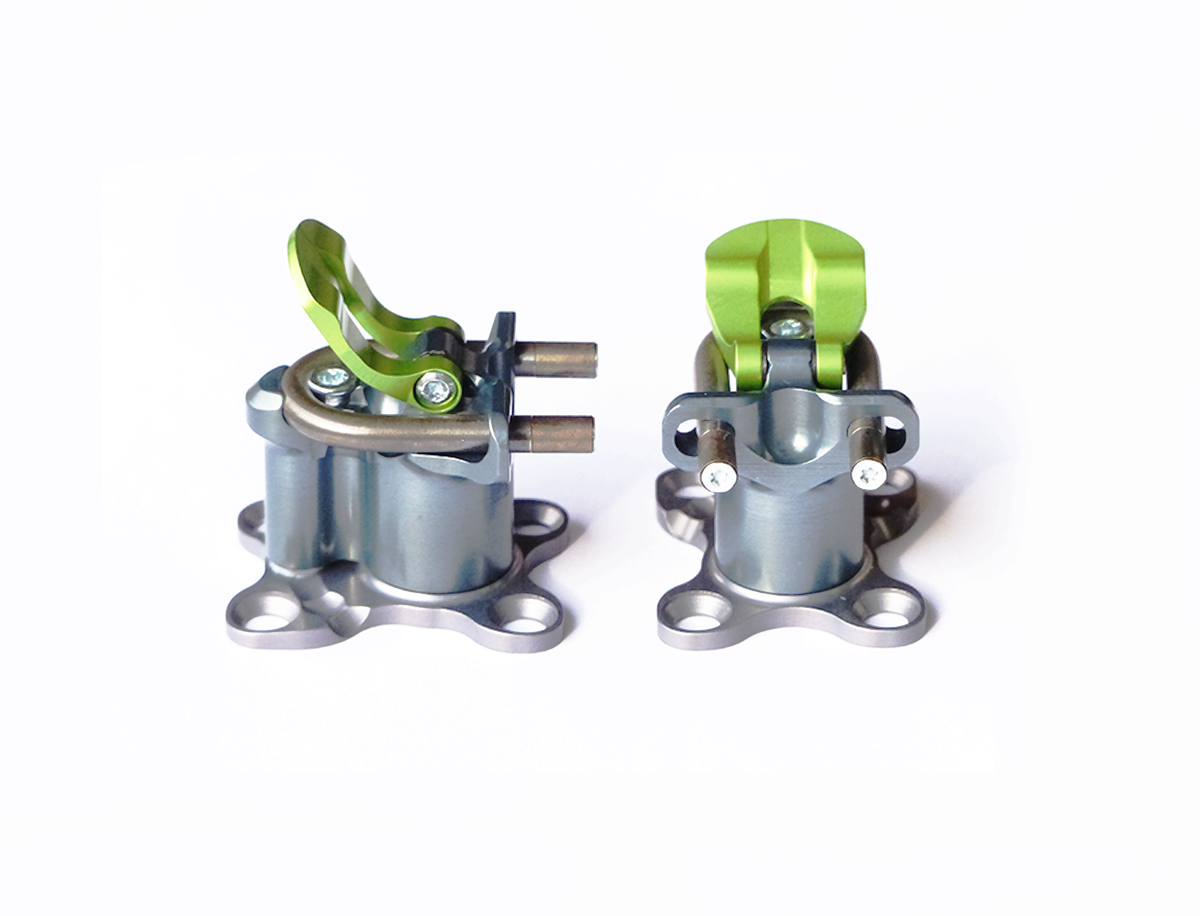
The Rolling-In System® has two advantages:
– 100% elimination of wear and tear, still keeping the titanium body extreme lightweight.
– Easier step in and more precise vertical release thanks to the rolling bushings.
The Rolling-In System is also used on the R.C.A World cup Vertical and Revolution World Cup bindings.
Speed Touring Bindings
Strictly speaking there are two models, the Trofeo Plus and the Haute Route 10; but I’ll also include the Trofeo here since it bridges the race / speed touring categories and is mainly used for touring. The Trofeo and Trofeo Plus are best selling bindings that offer reliable touring performance in an incredibly light package, only 145 g. The Trofeo Plus is the same binding, sold with the R01 heel adjustment plate giving 30 mm adjustment, crampon slots and leash. Very competitively priced, the Trofeo has rapidly become a best selling model since it’s introduction last winter.
If you’re looking for the absolute minimum weight AND want adjustable release then the Haute Route 10 is for you. Weighing only 165 g per ski and with 30 mm boot adjustment, the Haute Route 10 showcases ATK’s skill in making reliable bindings with adjustable release and the lowest possible weight.

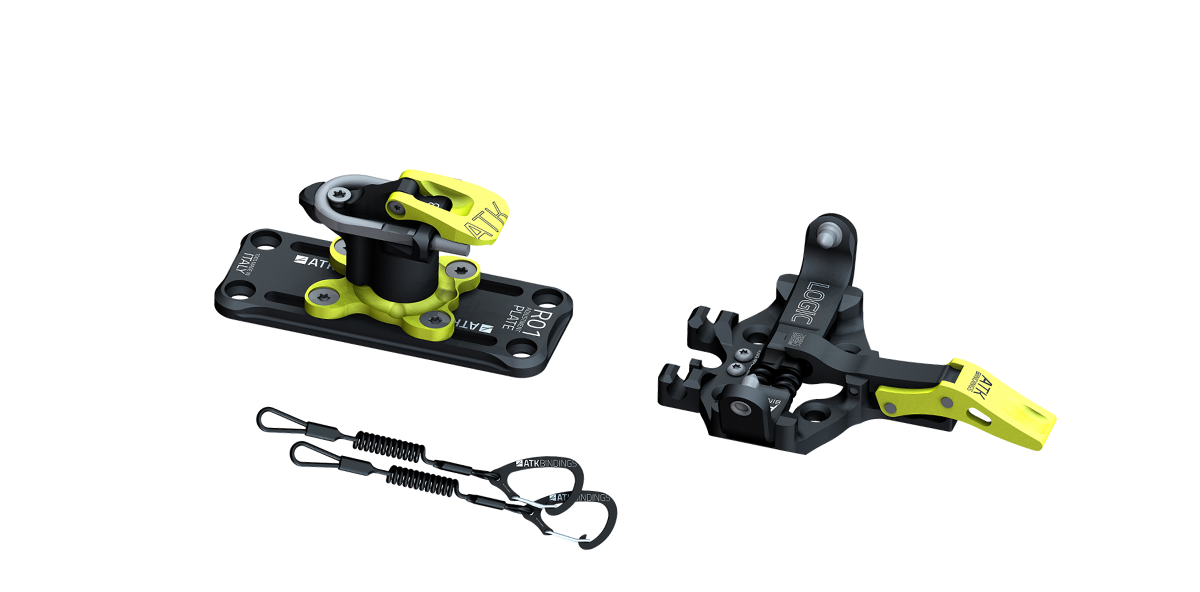
The Haute Route 10 is the lightest binding that has ATK’s Cam Release System. A special cammed profile applies pressure on the pins of the heel unit via a pre-tensioned spring. During step-in or a vertical release, the cam provides the precise resistance to pin release as per the adjusted vertical release setting. This has several advantages:
– Provides the most stable downhill performance on the market with consistent reduction of boot torsion compared to any other tech heel part.
– Extremely precise release performance.
– Provides the softest heel step in of the industry.
– Very compact and lightweight.

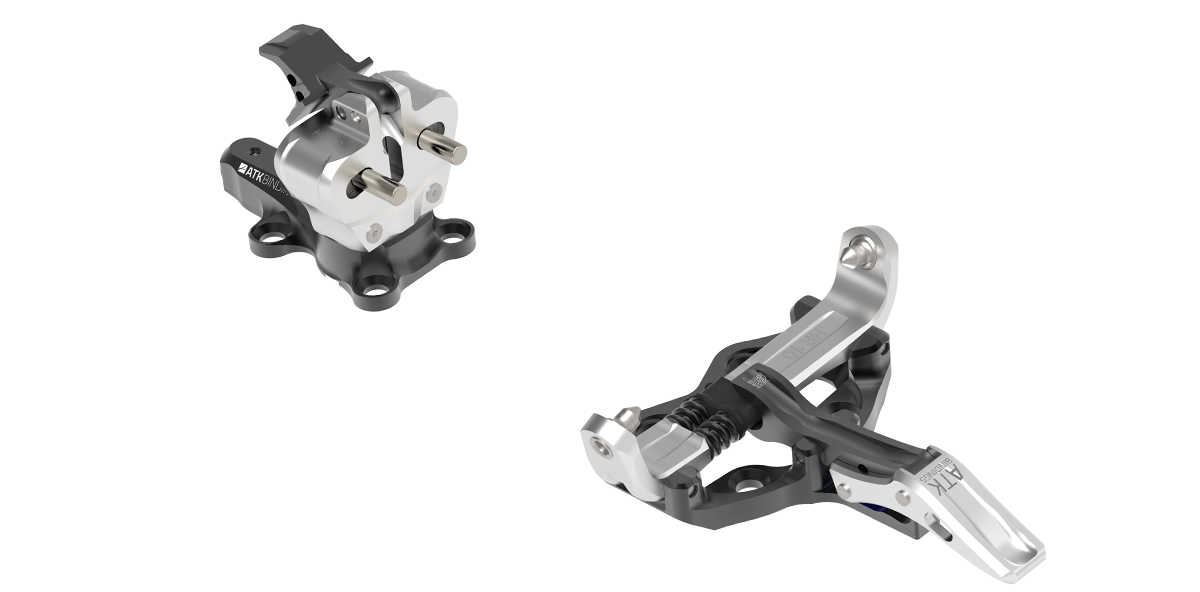
Touring Bindings
While the RT 2.0 continues for 2020 with ski brakes at the toepiece which operate even in walk mode, most skiers will be looking at the Crest and RT models which are pushing the performance / weight / ease of use envelope for touring bindings. These bindings combine ATK’s Monolink 1.0 toe units with adjustable heel units and ski brakes Introduced last year, the Crest was an immediate success since it combines excellent value for money with innovative features and low weight. The Crest feature’s ATK’s Elastic Response System to compensate for ski flex by allowing the heel unit to travel on a rail in the baseplate. This allows the ski to flex naturally, absorbs shocks such as jumps and aggressive turns, improves release performance and reduces pressure on the ski/binding/boot system when turning.
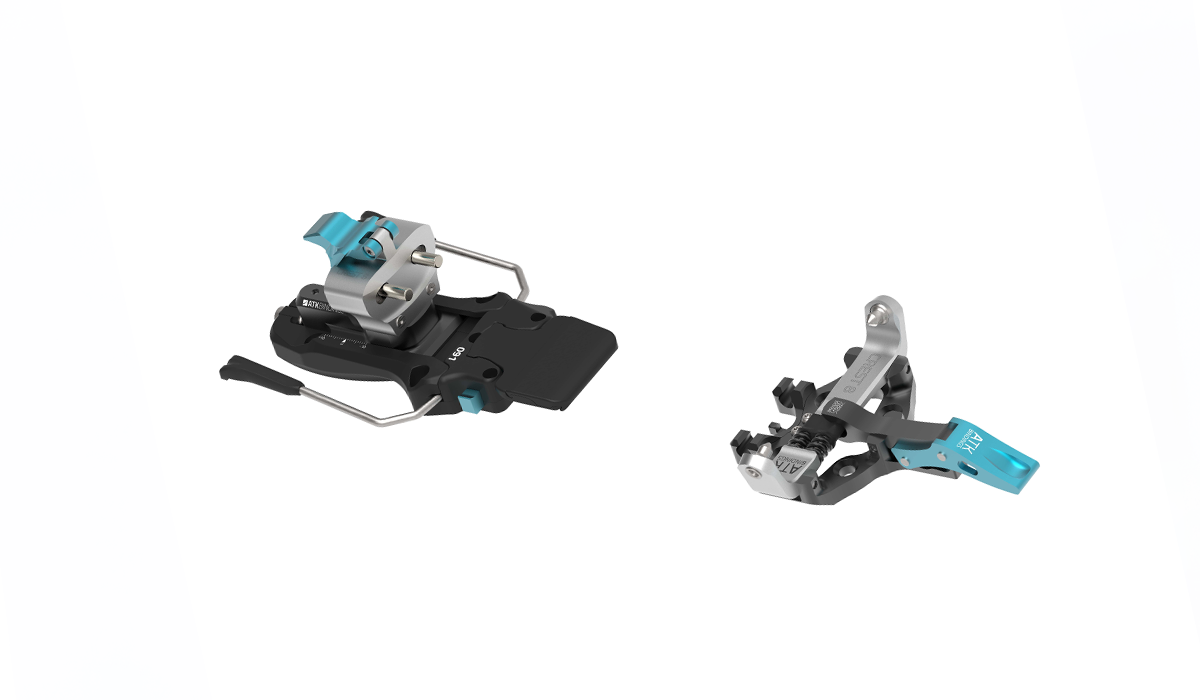
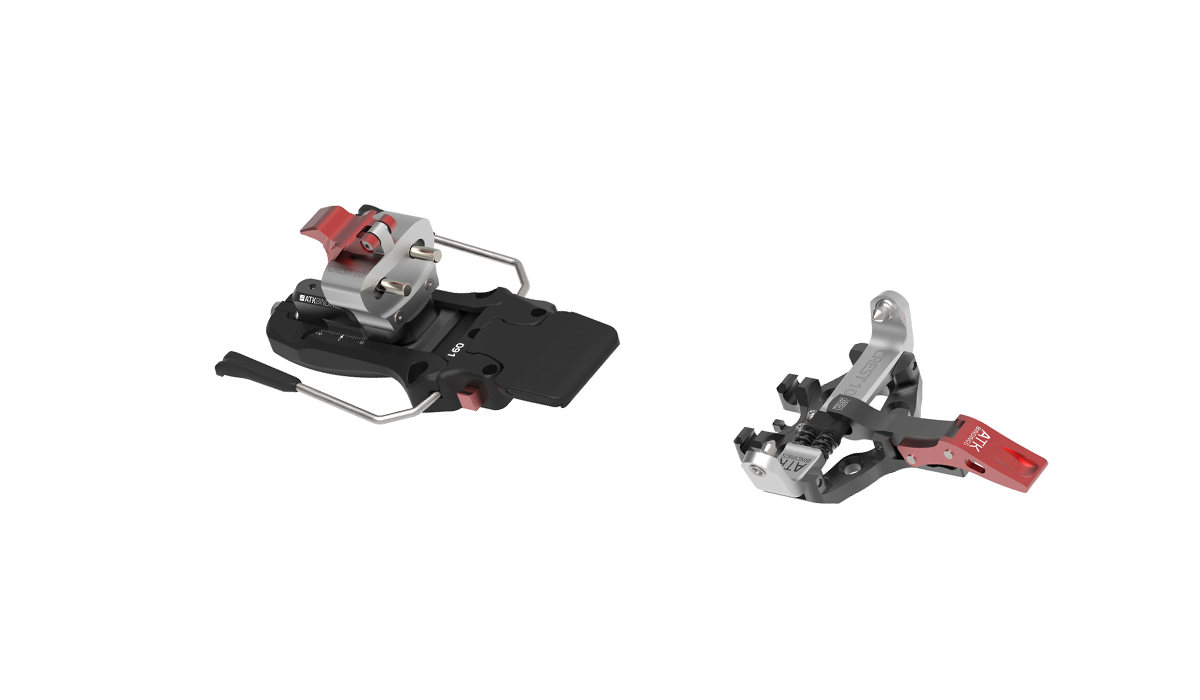
The Crest and RT also showcase another ATK innovation. Most AT bindings with brakes have a design involving the heel unit rotating to walk mode to block the ski brakes. By creating a separate mechanism for the ski brakes, ATK have been able to create a much more rigid contact between the heel tower and baseplate, providing much higher torsional rigidity and downhill performance.
Even better, the ski brake mechanism is superb, light, precise and easy to use. A button on the side of the heel base plate controls brake brake position
New models for 2020, the RT 8 and 10 are ATK’s premium lightweight touring bindings.
Fully equipped with the same features as the Crest bindings, the RT 8 & 10 have a couple of additional features, Magneto Heel Flaps and the Up-Hill Hardness Variator

The Magneto Heel Flap is an ingenious idea that uses small magnets to secure the heel lifts in the correct position. Very light and easy to use.
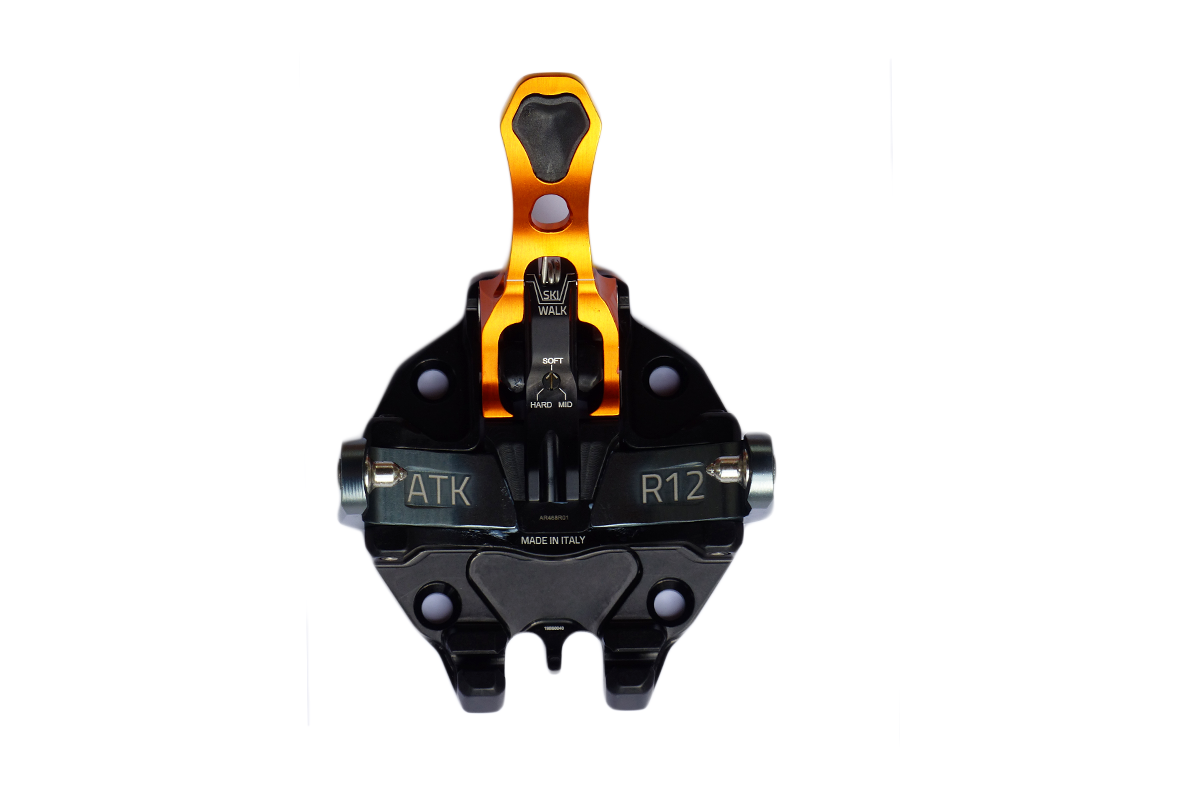
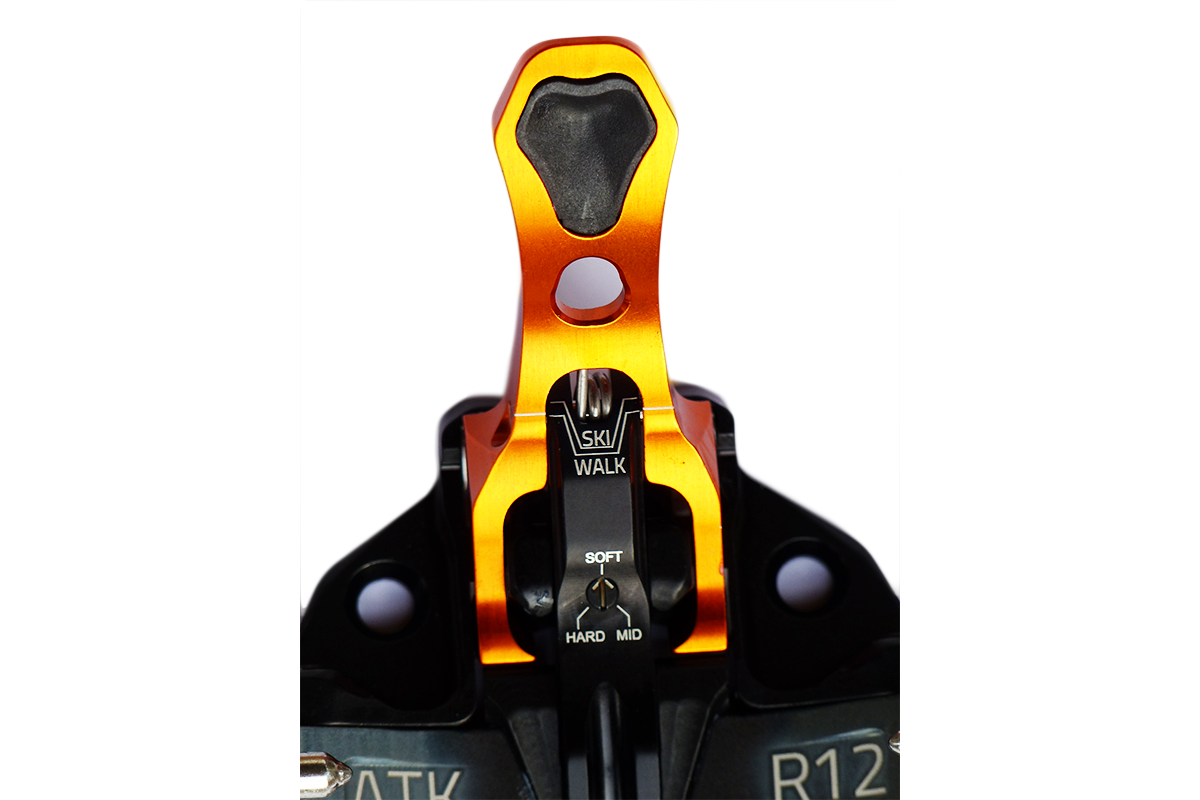
Exclusive to ATK’s RT, R12 and FR14 bindings, the Variator allows adjustment of the uphill mode locking mechanism to be softer or harder. The Variator allows for adjustment of the locking mechanism according to boot wear and use (softer for lighter skiers, harder for heavy skiers) and reduces pressure on the locking mechanism. A useful feature that further refines usability of the RT 8 & RT 101 bindings.
FREE TOURING BINDINGS
ATK have carved a niche position amongst freerando skiers with the Raider 12 2.0 and Freeraider 14 2.0, light yet powerful bindings with ski brakes on the toe units that also work in uphill mode.
Most skiers however prefer brakes on the heel units and for this winter ATK have unveiled the new R12 and FR14 bindings. The specs for these bindings have impressed a lot of skiers and these are bound to be very popular this winter: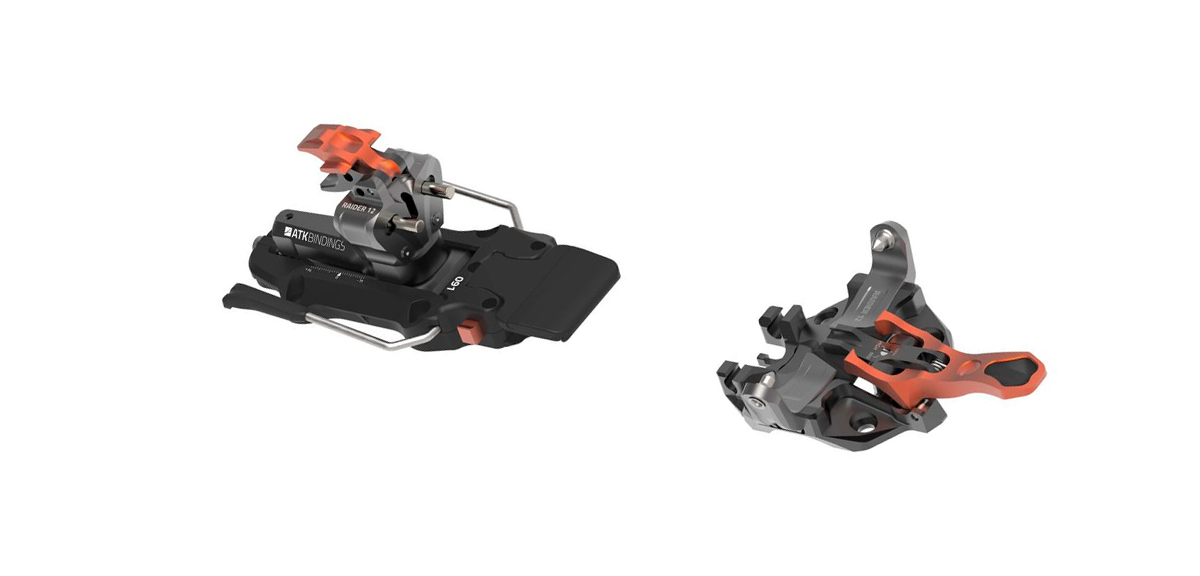
ATK R12: 330 g per ski, 5-12 release, ski brakes 86-120 mm and 25 mm boot length adjustment.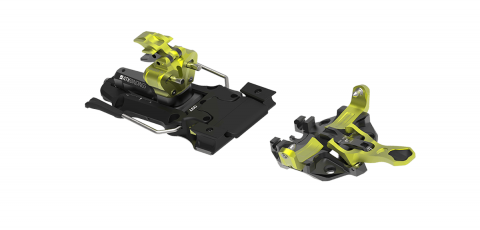
ATK FR14: 360 g per ski, 8-14 release, ski brakes 86-120 mm and 25 mm boot length adjustment.
Apart from the difference release ranges, the only difference between the R12 and FR14 is that the latter comes complete with the ATK’s Freeride Spacer (AL09).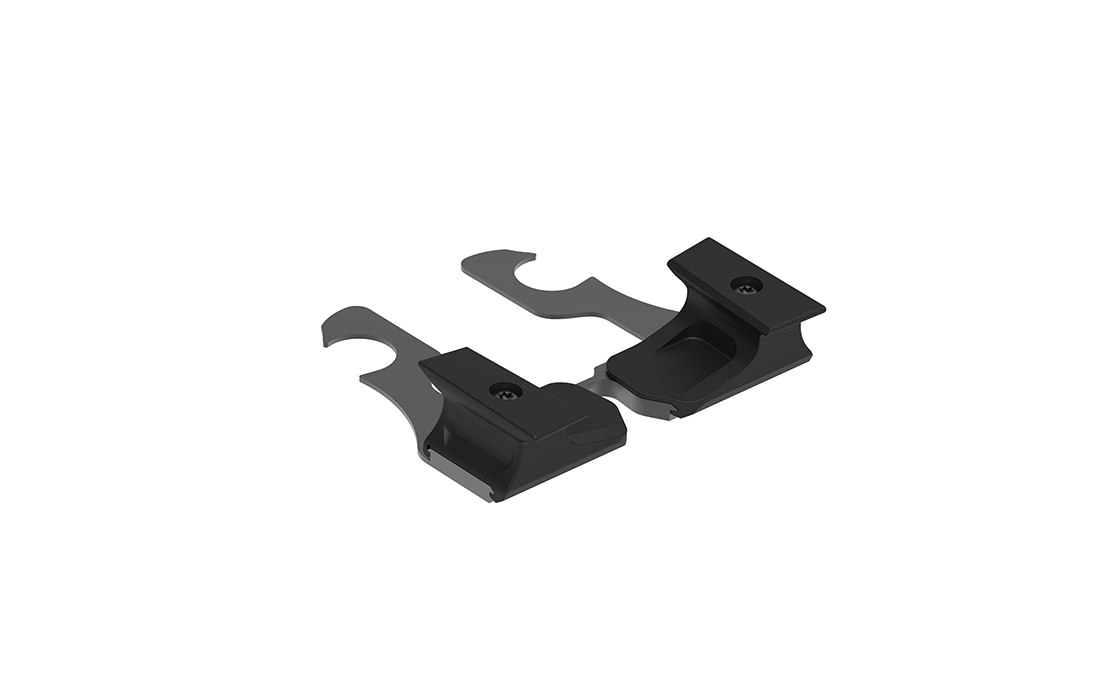
Binding torsional rigidity is a major factor in downhill performance, and while the toe units of tech/insert bindings are stiffer than alpine binding toe units, the same cannot be said for the heel units. Some brands have opted to use alpine style heel units (Kingpin, Tecton) but these always involve a weight penalty.
ATK prefer to stabilise the boot on the heel unit through the use of an adjustable Freeride Spacer so that the boot heel connects directly with the ski to provide equal or greater power transmission compared to alpine bindings.
With 9 new models this winter, ATK now offer a range of 18 AT bindings for every type of rando skier, from Skimo racers, classic tourers and freerando powder hounds.
Designed, tested and produced in Italy, ATK has the most modern range of bindings available this winter.
See all ATK Bindings.
See our TABLE ATK 2020 Binding Specifications for a technical comparison of all ATK 2020 bindings.



